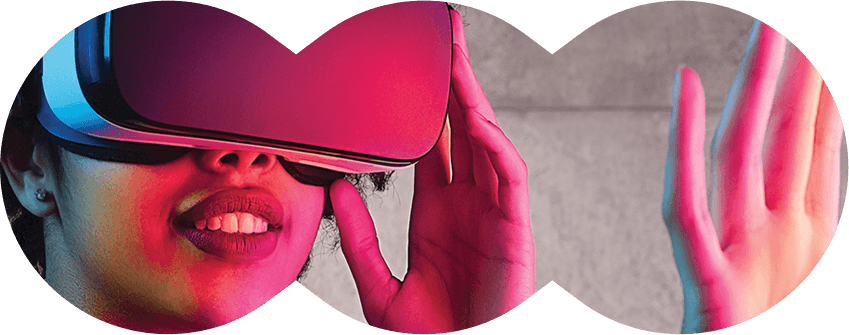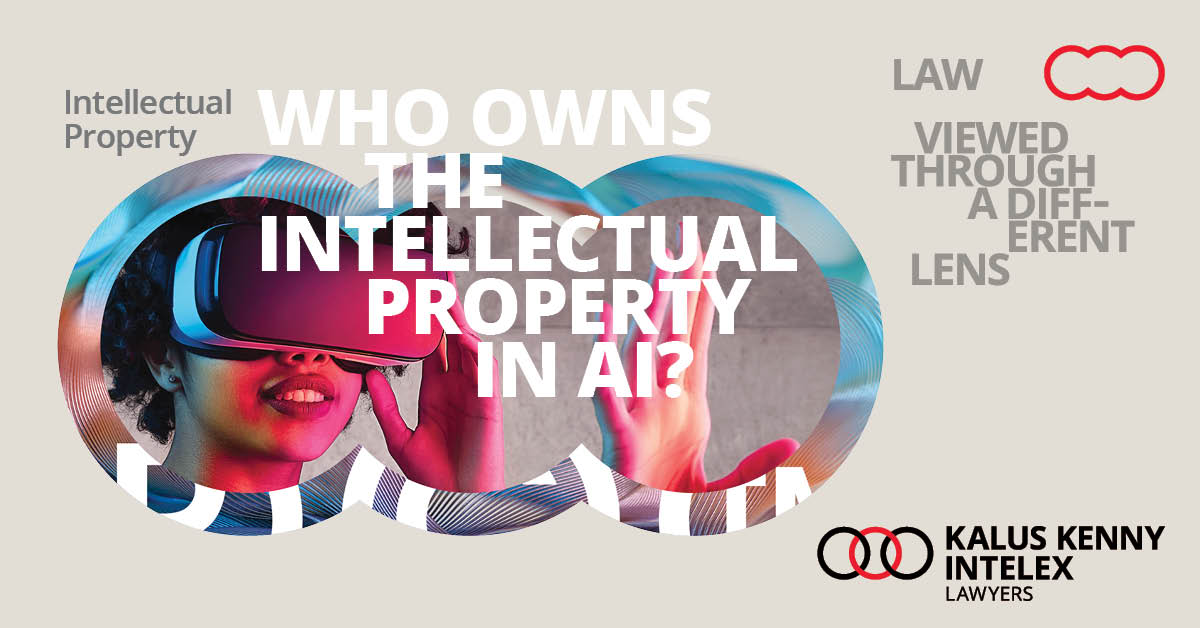With the rise in the use of artificial intelligence (AI) in all forms, the question is becoming more present than ever – who owns the intellectual property in a work created with the use of AI?
In Australia there is currently no law specific to the ownership of intellectual property created in computer-generated works, whether that be art, music or drafting documents or other written works.
Is AI the ‘owner’ of created works under the Copyright Act?
Under the Copyright Act 1968 (Cth) (the Act), the author of a literary, dramatic, musical or artistic work is the owner of any copyright subsisting in the work.
To be protected by the Act, the author of a work must be a ‘qualified person’, meaning that they are a citizen or resident of Australia, or a country that Australia has promised copyright protection to under international treaties and conventions. For this reason, AI itself cannot be the author (and therefore, owner) of generated intellectual property.
Does this mean a human (or a corporation, in the case of an employee creating the works) is the ‘owner’ of created works?
Not necessarily. Although not specifically considering the use of AI, the ‘owner’ of created works was considered by the High Court in IceTV Pty Ltd v Nine Network Australia Pty Ltd [2009] HCA 14.
In this case IceTV provided a subscription based electronic television program guide known as the “IceGuide”, which at the time used time and title information collected from newspaper and online TV guides (aggregate guides).
The information from the aggregate guides were provided by television networks to media outlets for publication, one of which was the Nine Network, who argued that IceTV’s reproduction of information from the aggregated guides amounted to reproduction of a substantial part of the weekly schedules prepared by Nine Network staff. On this basis, Nine Network was the owner of the created works and IceTV was infringing Nine Network’s copyright.
The case eventually escalated to the High Court where it was found that factual data alone cannot be sufficient to attract protection under the Act. In order for a work to be sufficiently original to qualify for copyright protection, there must be an exertion of human skill, creativity, ‘sweat of the brow’ and must involve some independent intellectual effort.
Under this view, if in the creation of a work using AI, a person uses independent intellectual effort, creativity and skill, that person will likely be considered the owner of the work. The same would apply if it were a group of people, who would be considered joint owners of the work.
However, in the alternate, where there is no human author because there was little involvement for the creation of the work using AI, or purely factual data was used, there will be no copyright protection afforded to the AI-created work.
Do the same rules apply to patents?
Notwithstanding that AI cannot own the intellectual property used to create a patentable item, the recent case of Thaler v Commissioner of Patents [2022] FCAFC 62 considered whether it was possible for AI to be listed as the inventor of a patent.
In this case Dr Stephen Thaler filed a patent application for ‘food container and devices and methods for attracting enhanced attention’, nominating his AI system DABUS as the inventor in the application. In the first instance the Commissioner of Patents rejected the application because it did not meet the requirements prescribed by the Patent Regulations 1991 (Cth) (Patent Regulations), that is, it was not possible to identity a person who the application could be granted to.
Dr Thaler appealed that decision to the Federal Circuit Court successfully on the basis that ‘inventor’ was not defined in the Patents Act 1990 (Cth) or the Patent Regulations and therefore, nothing expressly prohibited AI from being the inventor in the application. However, on further appeal to the Full Court of the Federal Circuit Court, the decision was unanimously overturned, with the Court determining that an ‘inventor’ must be a ‘natural person’.
Dr Thaler attempted to appeal this decision to the High Court, however leave to appeal was not granted and so the Full Court of the Federal Circuit Court’s decision stands, leaving open the opportunity for the High Court to consider issues of this type in the future. Notably, the Full Court of the Federal Circuit Court’s decision is consistent with the position of other jurisdictions to date, including the UK, United States of America, Europe and New Zealand.
Keeping up with the evolution of AI
It is well known that technology has the capacity to develop much faster than laws and regulations. Some jurisdictions, including the UK and New Zealand, have updated their legislation to clarify that the ownership of computer-generated works is the person ‘by whom the arrangements necessary for the creation of the work are undertaken’ (UK) and the person who ‘made the arrangements necessary’ for the creation of the work (NZ). However, the same updates to legislation remains to be seen in Australia.
Back to the question in the title of this article – who does AI generated work belong to? The answer: Well, it depends.




